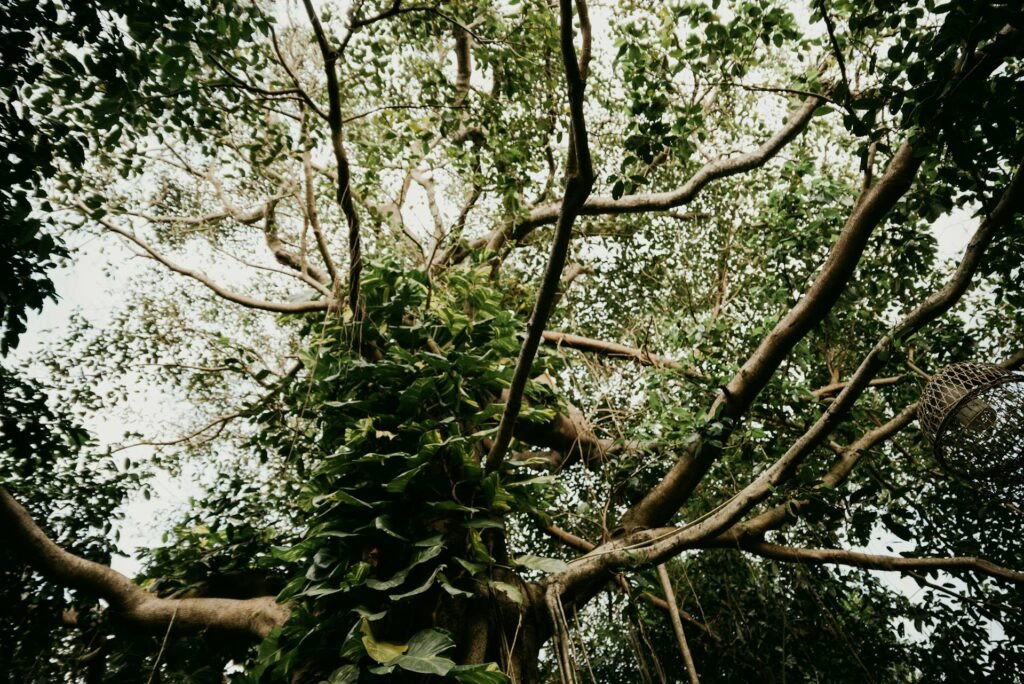If you have a tree that has grown out of control, it may be time to call in the experts. Tree removal is a complicated process that requires skill and experience. Choosing the right company can help you get the best results and avoid any costly mistakes. Whether you want to make room for an extension or garden upgrade, remove a dying or damaged tree or simply remove a weed tree that is taking up too much space in your yard, there are several reasons to have trees removed from your property. Some of the most common reasons include structural damage, health issues, a lack of light or privacy, or safety concerns. Whatever the reason, it’s important to choose a qualified and experienced Sunshine Coast arborist for the job.
A local, licensed and insured tree service can provide you with the necessary expertise to carry out a safe and effective tree removal. They can also provide you with a free assessment and quote of your property. They can even offer emergency tree removal services, which is ideal in the event of a storm or when a fallen tree poses a potential danger to your home or family.
Whether you’re clearing a single backyard tree or a large bushland reserve, it’s essential to know the rules of clearance before proceeding. Depending on where you live, you may be required to jump through some hoops, including getting permits and council approval. This ensures that your clearing is done in a responsible manner and doesn’t negatively impact the environment.
To protect your local environment, the Sunshine Coast Council has strict guidelines on vegetation clearing. Its planning scheme provides crucial information on how to comply with the law and protect native trees, including requirements for permit-based clearing. Permits are generally only issued if the tree is dead or showing irreversible decline, threatens below-ground services such as water pipes or power lines, or is a traffic hazard.
Regardless of whether your clearing falls within the permitted codes, you may still need to lodge a development application with the Sunshine Coast Council. It’s best to work with council to avoid any problems down the track, including fines. For example, a Mudjimba couple was hit with $20,000 in fines for damaging an environmental reserve in 2020.
The cost of tree removal varies, depending on the size and type of tree you have and your location. The more complex the job, the more it will cost. It’s also important to consider factors like access – if your tree is in the front yard and can be easily accessed, it will cost less than a tree in the back garden that requires removing fences or digging out of the ground.
In addition, the cost of equipment and labour is another factor to take into consideration. A professional tree removal company will have a whole arsenal of tools at their disposal, including chainsaws, wood chippers, cranes and bucket trucks. All of these add up in the cost, as do the hardworking guys who’ll be wielding them all.

